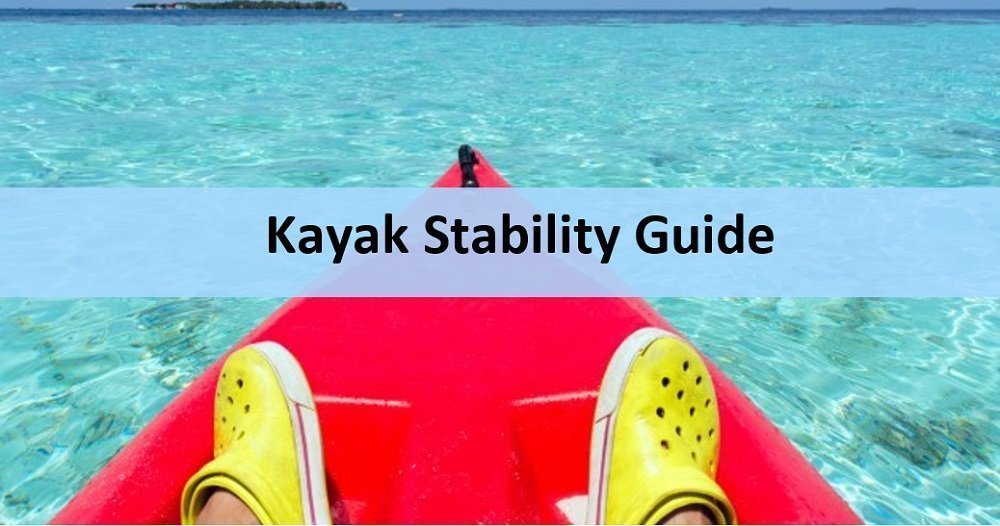When summer is around the corner, it is time to start thinking about how you’ll spend some of the hot summer afternoons outdoors. One thought that comes to mind is paddling in the lake either alone or with a partner.
For this wish to come to pass, you’ll need the best kayak around. As you shop for the perfect vessel, one of the factors you will have to keep in mind is the quality of material used to put it together. This will decide how flexible, heavy, and durable the kayak will be.
Well, you are in the right place as this article shall discuss the differences between LLDPE and HDPE kayaks so that you can decide which one works for you.
LLDPE Material
Just for clarity, LLDPE stands for Linear Low-Density Polyethylene and is characterized by high flexibility, better tensile strength, and conformity. When you compare it with the ordinary LDPE, it is softer.
Then, LLDPE is lighter, which means that the overall weight of the kayak will be lower. The implication of this is that as a lone kayaker, you’ll appreciate the ease with which you’ll move your vessel from your car to the lake.
And it is more popular than you think as it is used to make the carrier bags you find in the supermarkets.
This should tell you that LLDPE kayaks are less durable and could easily be torn apart in case of impacts with rocks and other hard surfaces. As such, you may have to reinforce the walls to boost their stiffness and give them the capability to withstand some rough handling.
Other than that, be prepared to purchase replacement units more frequently, although their low pricing may be some form of consolation.
Another thing about LLDPE vessels is that they have attractive appearances and are your ideal choice if you want to stand out from the crowd.
HDPE Material
On the other hand, High-Density Polyethylene is the absolute opposite of LLDPE. By that, we mean that it may not be as flexible as the companion, but it is sturdier and stronger. As if that’s not enough, HDPE has excellent resistance against chemicals and UV rays.
So, your kayak won’t fade that easily, even exposed to the harsh rays for extended durations. And it does this without the help of UV additives. How impressive is that! The kayak can also withstand higher temperatures and is therefore suited for transportation by strapping on the roof rack.
Due to its remarkable features, this material has a wide range of uses, including in rubbish bins and detergent bottles, which are often exposed to corrosive elements.
However, HDPE kayaks have their flaws too. For instance, they are not that attractive, plus they tend to be some of the priciest in the market.
Also Related
The Kinds of Plastics Used to Make Kayaks
3 Types of Materials used to Make Kayaks
LLDPE or HDPE: Who is the Fairest of Them All?
In truth, it all depends on how you intend to use the vessel. If you plan on using your vessel in rocky rivers, and HDPE kayak would be your best choice as it can withstand the punishing bumps without getting torn apart.
Further, if you own a small car where the only storage is on the roof rack, HDPE would be ideal since it won’t be affected much by the direct sunlight striking it.
But if you intend to bask in the sun while afloat in the middle of the lake, LLDPE would do the job as there is minimal chance of bumping against potentially dangerous objects.
Closing Remarks
By now, we hope you have clearly seen and understood the differences between LLDPE and HDPE kayaks. This way, you can make a sound decision when looking for the perfect vessel that would help you fulfill your kayaking dreams.
At the end of it all, you will end up with a product that you will be very proud of as it will serve you for a long time to come.













